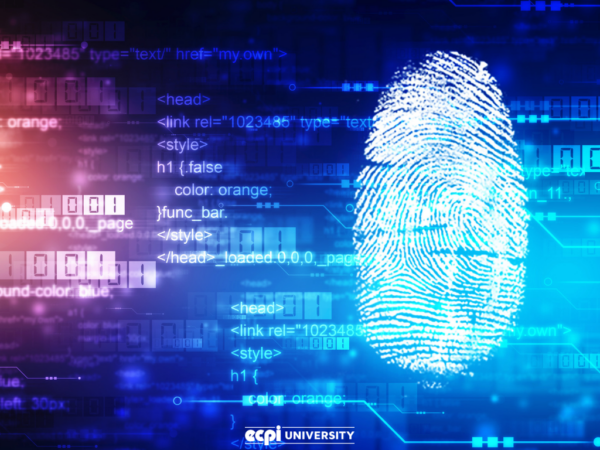Cyber Forensics, also known as computer or digital forensics, is a branch of forensic science encompassing the recovery and investigation of material found in digital devices, often in relation to computer crime. This field involves the collection, preservation, analysis, and presentation of digital evidence.
Understanding Cyber Forensics
Cyber Forensics has evolved as a critical discipline in the digital age, aimed at understanding the mechanics behind cybercrime and preventing future incidents. It involves the use of scientific methods to collect, analyze, and interpret electronic data while preserving the integrity of the information and maintaining a strict chain of custody. This data can be used in legal proceedings, helping to solve crimes that involve digital devices and platforms.
Key Features of Cyber Forensics
- Evidence Preservation: Ensuring that digital evidence is collected and stored without alteration.
- Data Analysis: Utilizing specialized techniques to uncover hidden, encrypted, or deleted information.
- Reporting: Compiling findings in a manner that is understandable for legal proceedings.
- Legal Compliance: Adhering to laws and regulations governing digital evidence.
Types of Cyber Forensics
| Type | Description |
|---|---|
| Network Forensics | Analysis of network traffic and logs to identify malicious activities. |
| Mobile Forensics | Recovery and analysis of data from mobile devices. |
| Cloud Forensics | Investigating data stored in cloud computing environments. |
| Database Forensics | Analysis of databases and their related metadata. |
| Malware Forensics | Examination of malware to understand its origin, functionality, and impact. |
Applications of Cyber Forensics
- Criminal Investigations: Solving crimes involving digital devices or data.
- Legal Proceedings: Providing evidence in court cases.
- Corporate Security: Investigating insider threats or external breaches.
- Data Recovery: Restoring lost or corrupted data.
Challenges in Cyber Forensics
- Encryption: Strong encryption can make data recovery difficult.
- Anonymity Tools: Technologies like Tor and VPNs can obscure user identities.
- Rapid Technology Evolution: Keeping pace with new storage formats and communication methods.
- Volume of Data: The massive amount of data can be overwhelming to analyze.
Solutions:
- Advanced Tools: Development of sophisticated forensic tools.
- Training: Continuous education for forensic professionals.
- Collaboration: Sharing knowledge and techniques within the forensic community.
Comparative Analysis with Similar Disciplines
| Feature | Cyber Forensics | Information Security |
|---|---|---|
| Focus | Analysis of digital evidence after an event | Prevention of security breaches |
| Methodology | Reactive | Proactive |
| Tools Used | Forensic software, decryption tools | Firewalls, antivirus software |
| Objective | Legal evidence collection, data recovery | Data protection, threat mitigation |
Future Directions in Cyber Forensics
- Artificial Intelligence: AI and machine learning for automatic data analysis.
- Blockchain: For secure and transparent evidence management.
- Internet of Things (IoT) Forensics: Addressing challenges posed by IoT devices.
The Role of VPN in Cyber Forensics
A VPN can be a double-edged sword in cyber forensics. On one hand, it can protect privacy and secure data transmission, making it harder for malicious actors to intercept communications. On the other hand, it poses challenges for forensic investigators due to its ability to anonymize user activity. However, in a lawful context, VPN logs (if available and retrievable) can provide vital clues in cyber investigations.
Further Reading and Resources
- National Institute of Standards and Technology (NIST): Offers guidelines on digital forensics.
- International Society of Forensic Computer Examiners (ISFCE): Provides certification and training.
- SANS Institute: Offers courses and resources on cyber forensics.
This article provides an overview of cyber forensics, demonstrating its importance in the digital world for ensuring the integrity and security of digital information. As technologies evolve, so too will the methods and tools of cyber forensics, continually adapting to meet the challenges posed by new forms of digital crime.


